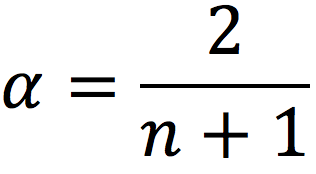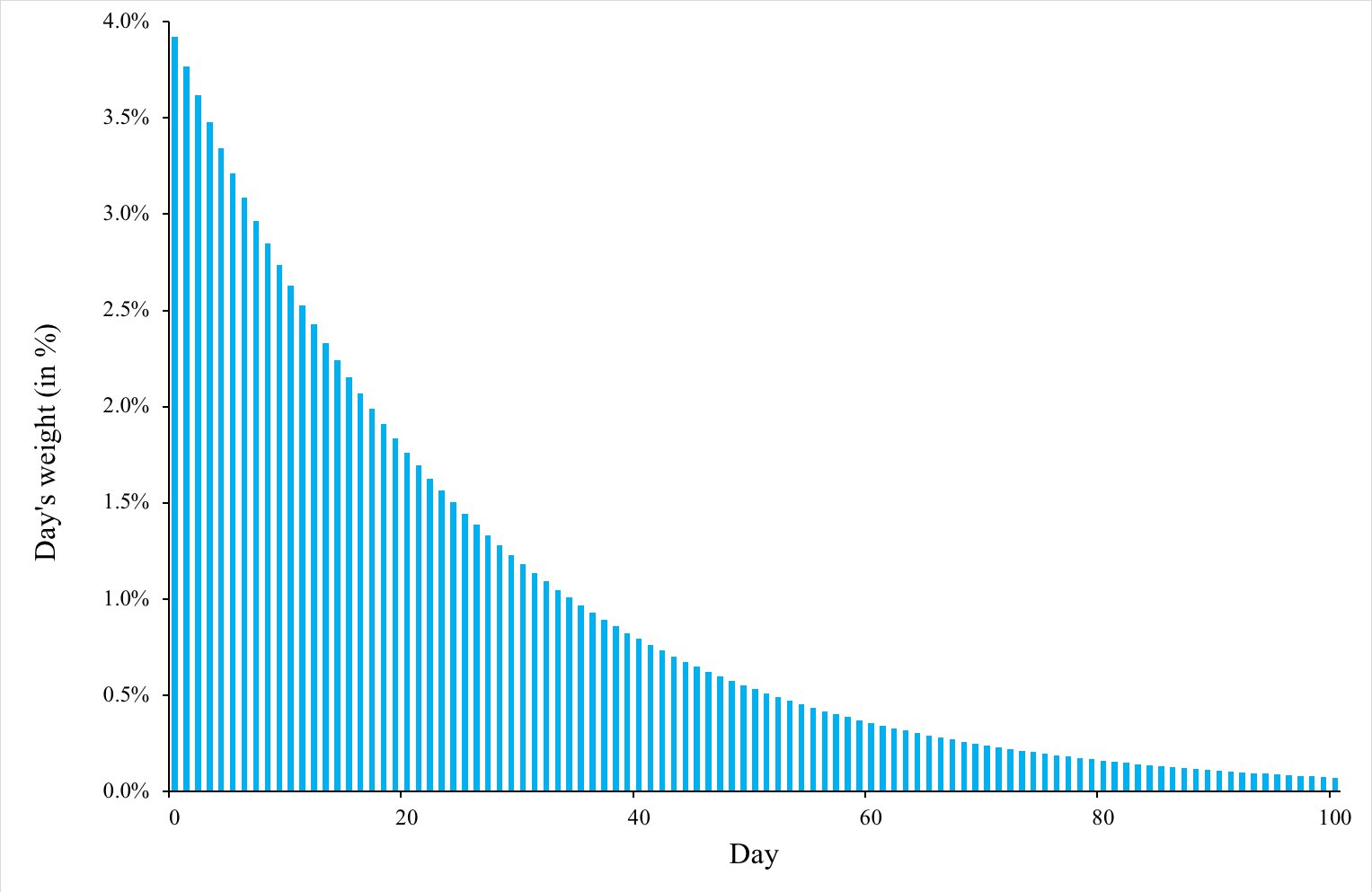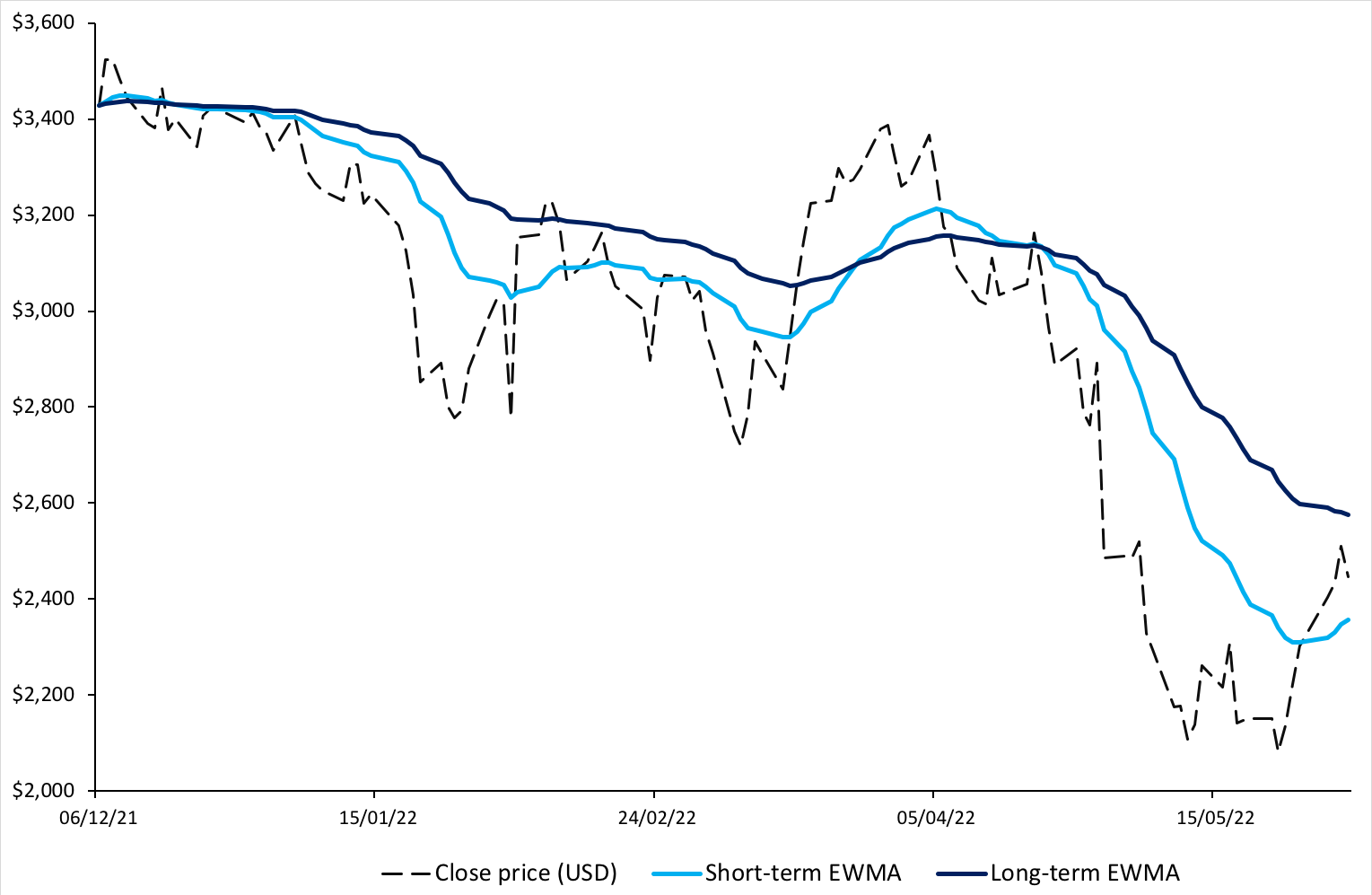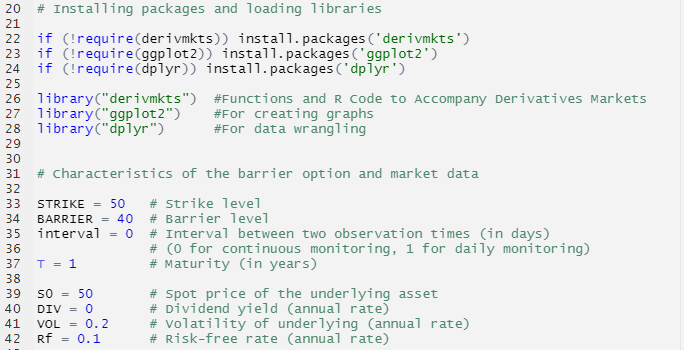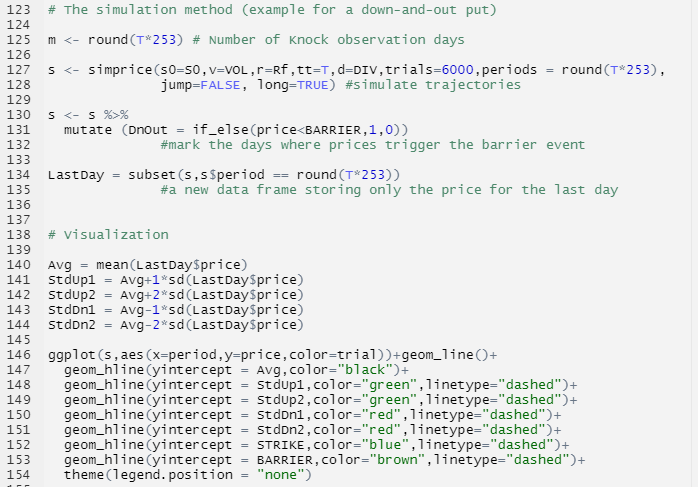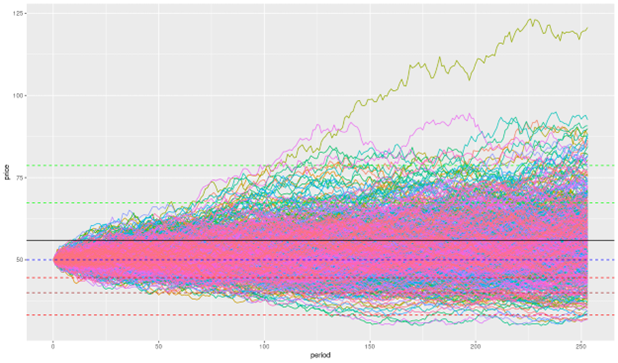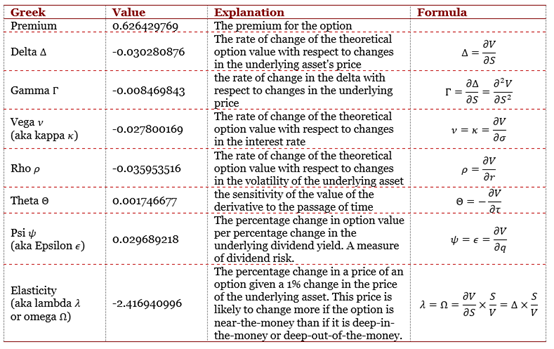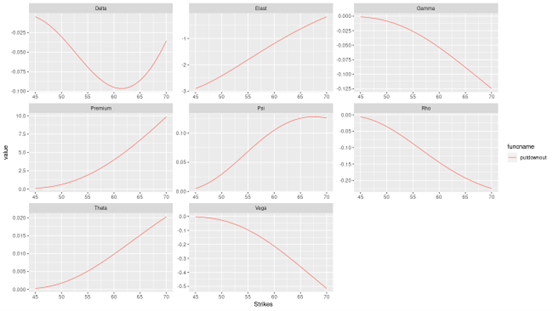Why Berlin could be the new Silicon Valley for startups?
In this article, Jessica BAOUNON (ESSEC Business School, Executive Master in Direction Financière et Contrôle de Gestion, 2020-2022) explores the latest trends which is transforming the the startups world and the venture capital in Berlin, the capital of Germany.
These last decades, with the rise of internet and new technologies, startups rapidly boomed. Some of them became very famous. You may be familiar with AirBnb, Instagram or Uber; they all started from scratch in a grungy basement before flourishing at a global scale. BytheDance, with 2 billion users in 150 countries recorded 58 billion of dollars in revenues for 2021, an example of success story that creates a high interest of curiosity for tech-investors everywhere in the world. However, only a few cities are among the most attractive for entrepreneurs. Berlin is on the path to become the most popular city for startups. But first of all, let’s go back to the basics by defining what a startup is.
What is a startup ?
Startups are companies that are in the first stages of its business operations. They are often founded by young people. They work in a collaborative way to scale up quickly their innovative products or services. They are looking for disruption opportunities to change the world and industries. They want to bring new ideas. As a result, the startup ecosystem is known to be a very fast-paced environment but also valuable for investors that expect a high return on their investment. On the other side, corporate operate with a different approach. They are most of the time, well-established. They work with a pyramidal organization and focus on the productivity rather than taking risks to grow fast.
Startups costs are usually very high with a low revenue at the start. They need funds to finance innovation and their entry in the markets. This is the reason why they turn to venture capitalist, but it can also come from various sources. The venture capitalist is a private investor. He provides capital in exchange for equity stake when they don’t have access to equity markets. Startup can then graduate by going public with an initial public offering (IPO), making them purchasable on the stock exchange.
How is the Berlin Startup Ecosystem?
Berlin counts 4 500 startups among well-known organizations such as SoundCloud, Tier Mobility or Babbel and employ over 80 000 people. Software as a Service (Saas), FinTechs and healthcare startups represent most of the business models. For the next coming years, the forecast expects a shift towards the green industry with the new climate neutrality challenges.
Figure 1. Number of Berlin startups by “industries”.

Source: Dealroom.co
With over 10 billion euros invested in total in startups in 2021, the city is also among the top 10 locations for startup investment worldwide (1). Berlin is leading the investments in Germany “Three out of five euros invested in start-ups in Germany (60%) were invested in Berlin startups in 2021” (2) and Berlin records the most financing rounds” (3) in 2021 and 2022. The funding is diverse coming from public, private and institutional actors. Startups are the engine of Berlin’s economy. The new government state has detailed the plan for the next four years. They want to pursue the development of Berlin’s startup ecosystem into one of the first technology location.
Figure 2. Berlin: leader for startups in Germany.
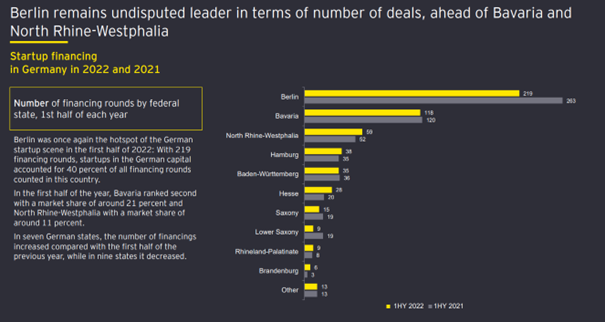
Source: Ernst & Young Startup Barometer (2022)
Why Berlin is attractive for startups
Berlin offers a lot of favorable conditions. The startup ecosystem benefits from an important aspect of the capital: the diversity. The city offers a wide network of high-quality professional talents coming from all over the world. 44% of entrepreneurs are not German (4). Indeed, Berlin has a strong historical with several countries such as France, Great Britain, The United States. The geographical location, almost in the middle of the European Union, facilitates the connections between the north, south, east, and west side but also for people outside of the region.
Indeed, the diverse sources of financing from private to public actors enable a positive investment climate for entrepreneurs. They are business incubators, universities, technology centers, regular meetups, and the greatest number of coworking spaces in Germany to ensure an outstanding infrastructure. Most of the entrepreneurs don’t want to follow the classic corporate path. Berlin as a creative and dynamic city offers the opportunity to express their ideas and freedom. The city is constantly in transformation in all areas: technology, art, music, architecture which attract people who aspire to change and innovation. Although rental prices rise in Berlin, it keeps one of the most affordable in term of living cost. Berlin’s startups and the venture capital scene promises to grow at a high dynamic for the next coming years.
Why should I be interested in this post
If you are considering working abroad and interested to work for a startup or a capital venture, this article is for you. This article presents the Berlin startup scene and explains why Berlin is considered as one of the most attractive cities for entrepreneurs and venture capital.
Related posts on the SimTrade blog
▶ Louis DETALLE A quick presentation of the Private Equity field…
Ressources utiles
About the author
The article was written in October 2022 by Jessica BAOUNON (ESSEC Business School, Executive Master in Direction Financière et Contrôle de Gestion 2020-2022).



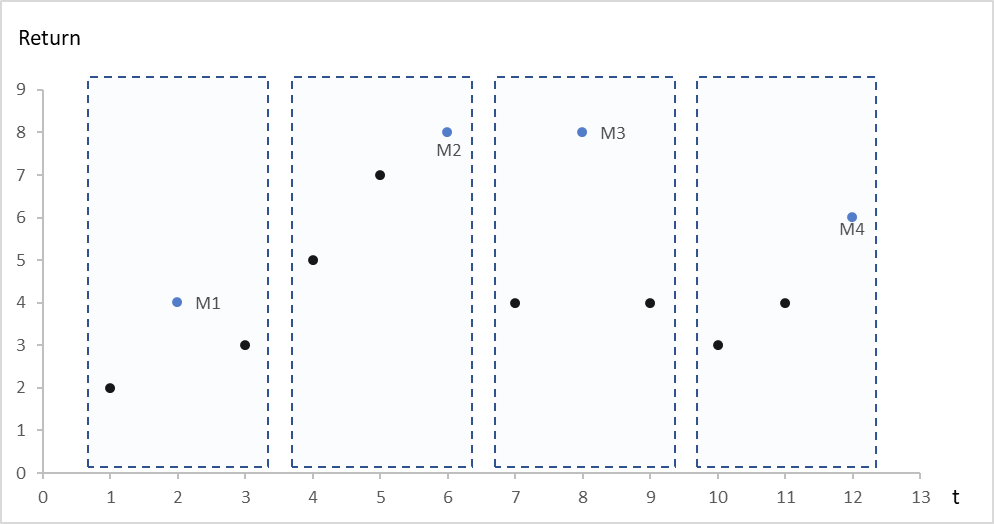
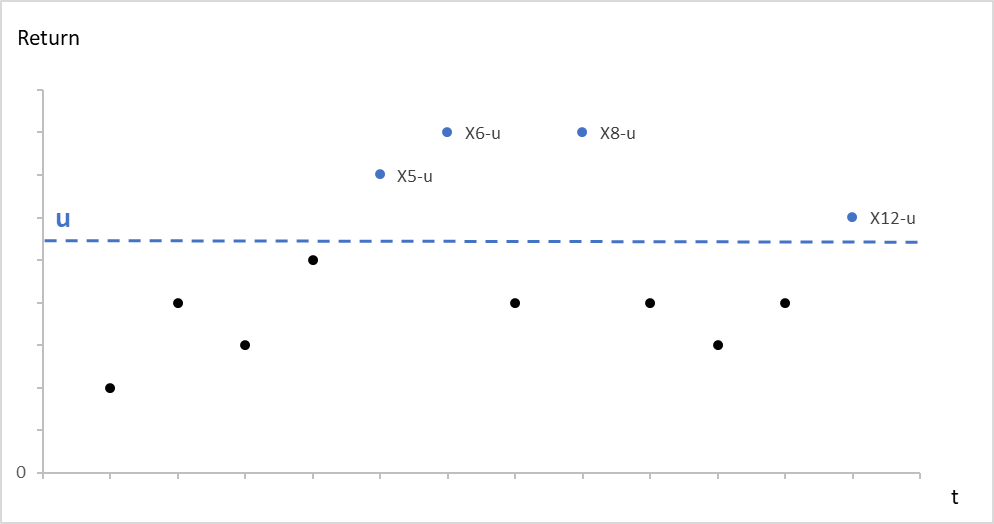


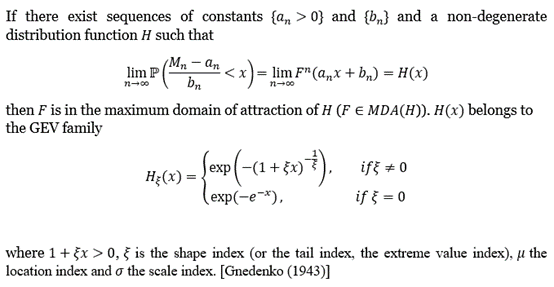
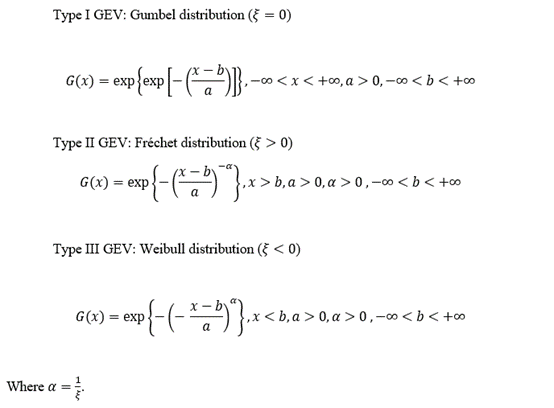


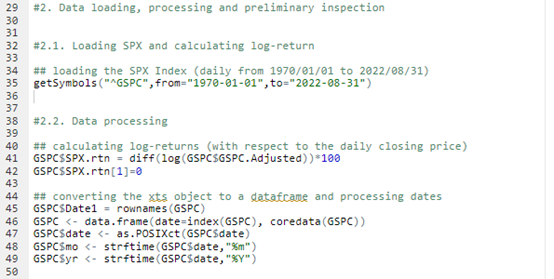

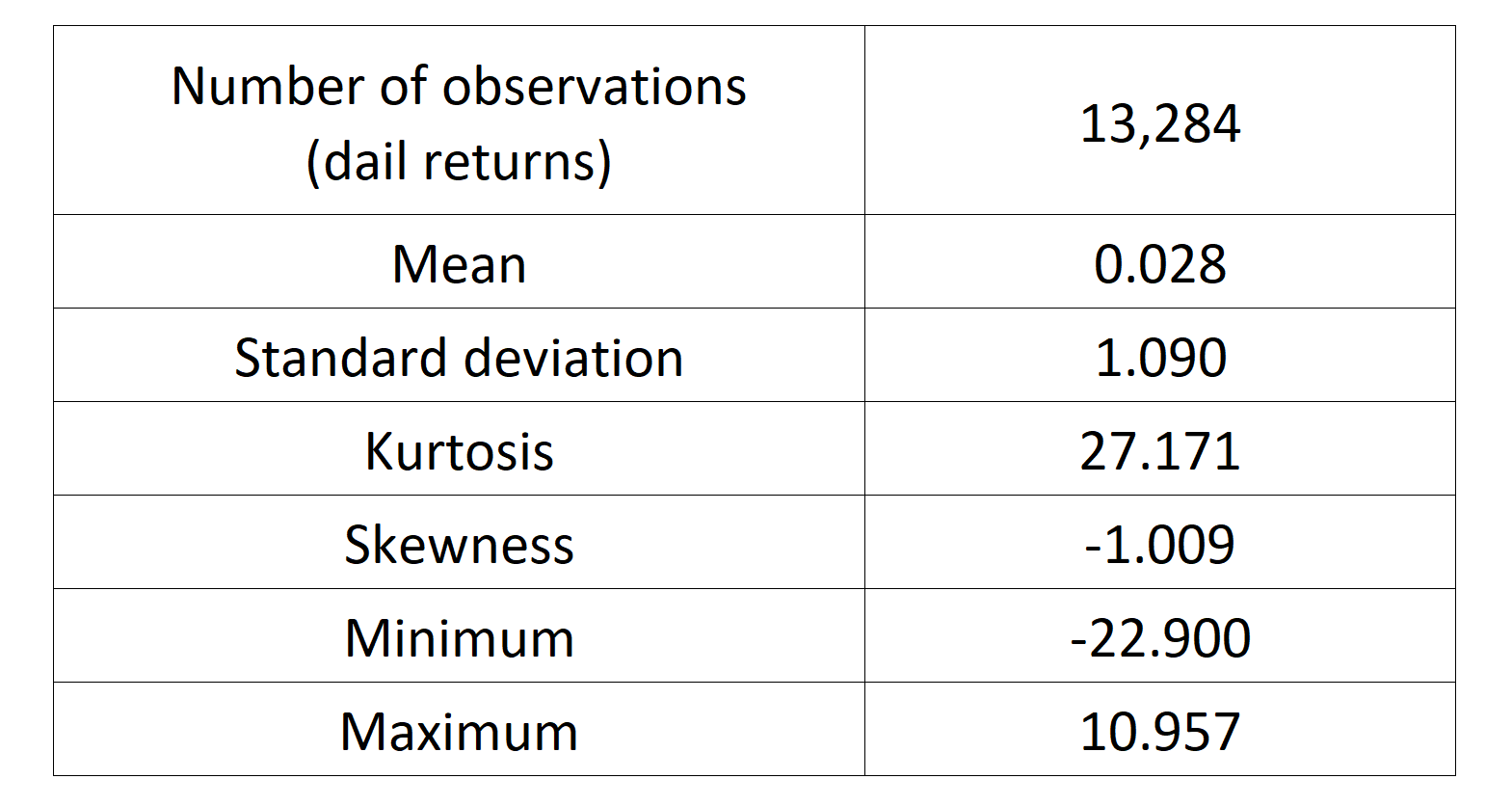
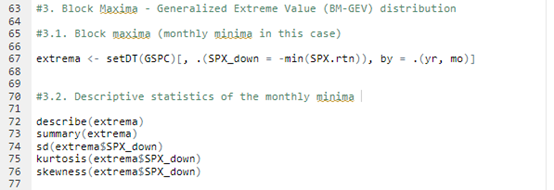



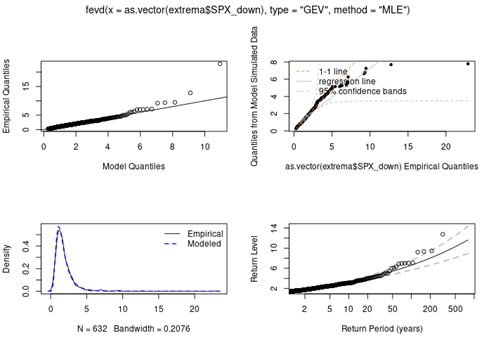
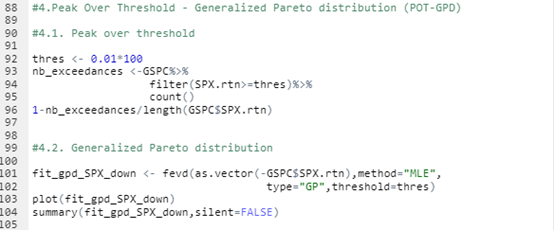
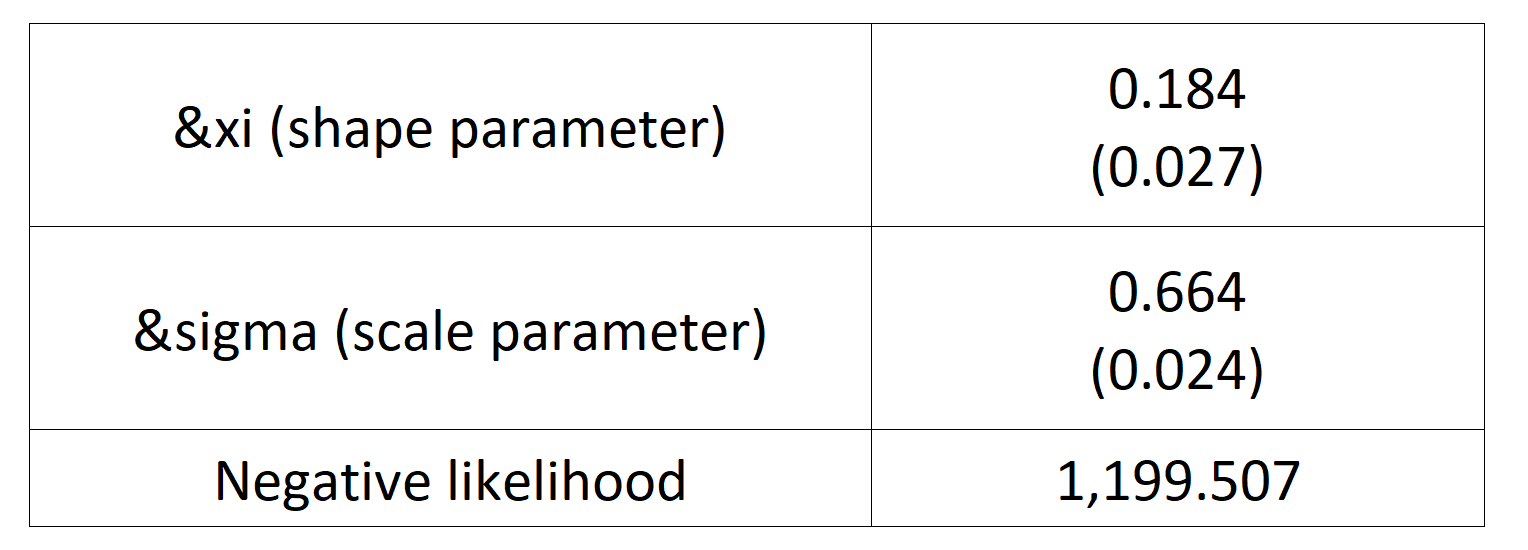




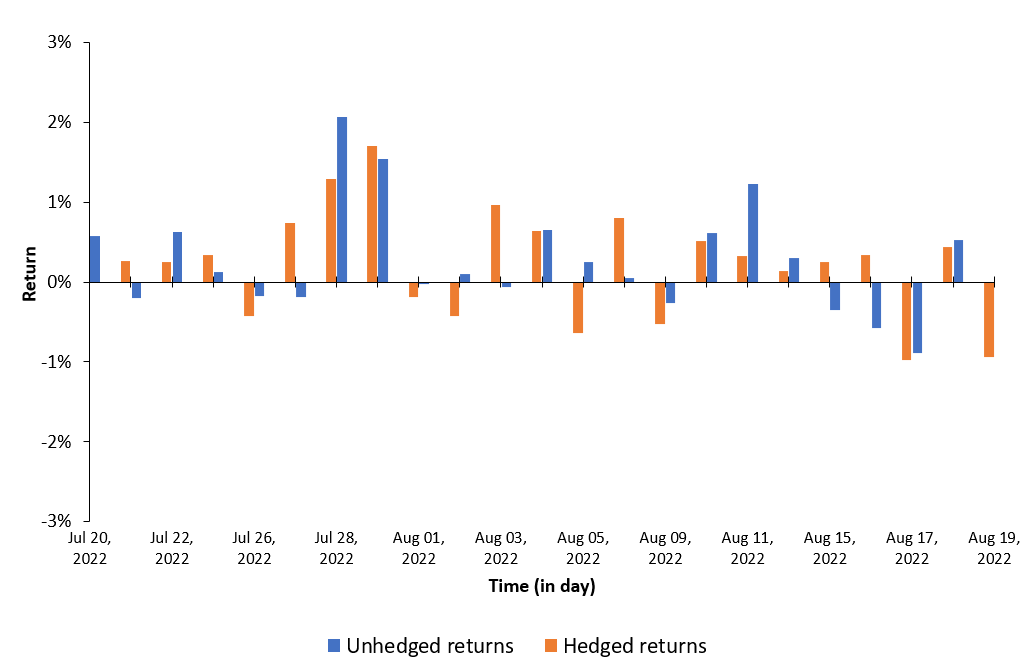 Source : computation by the author.
Source : computation by the author.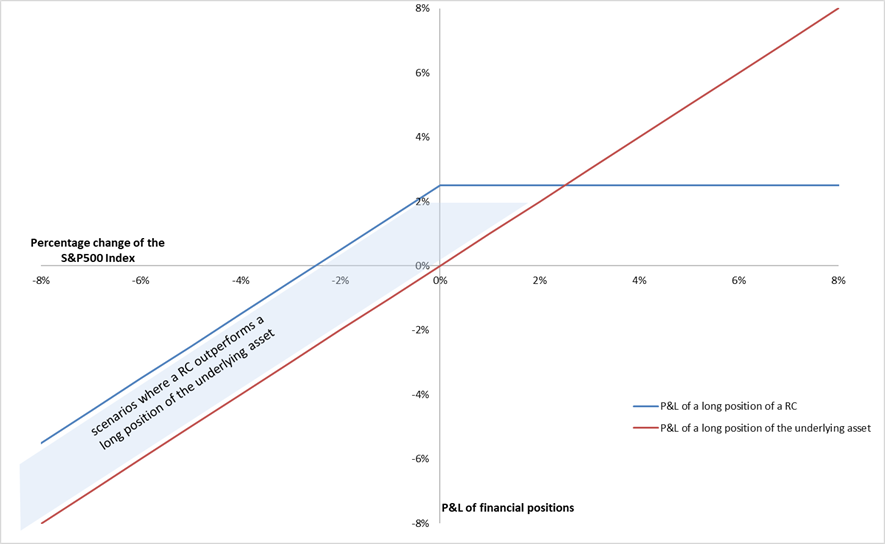

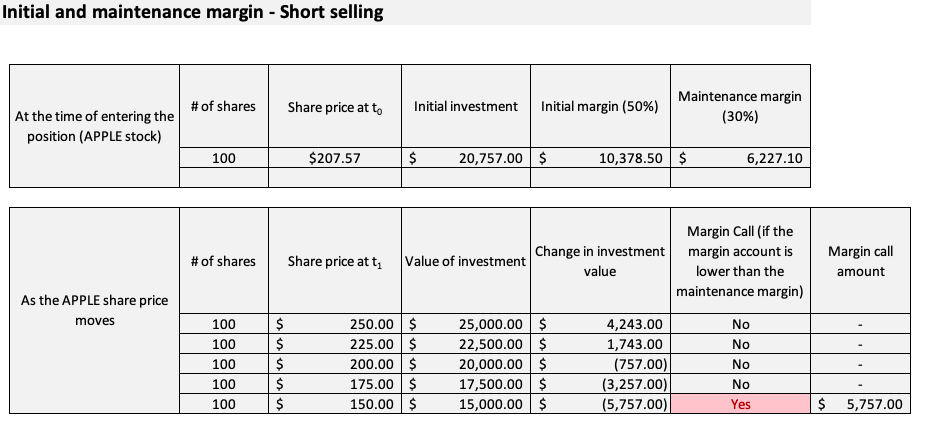

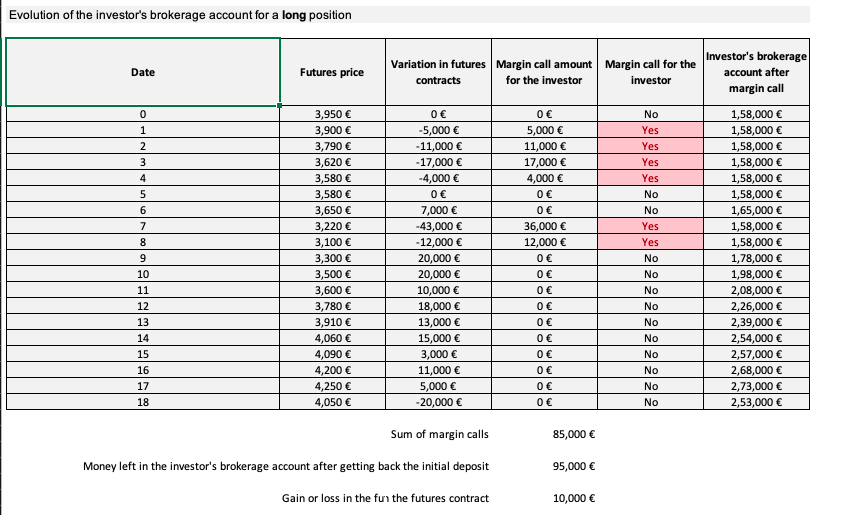
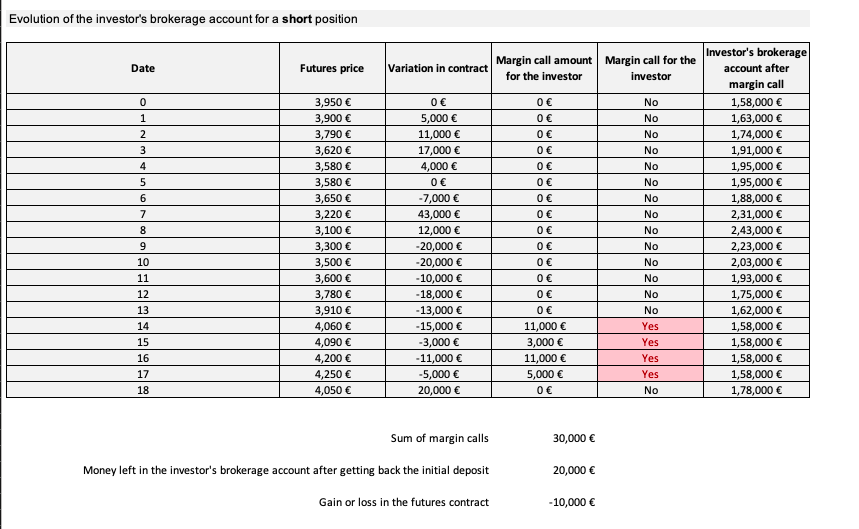
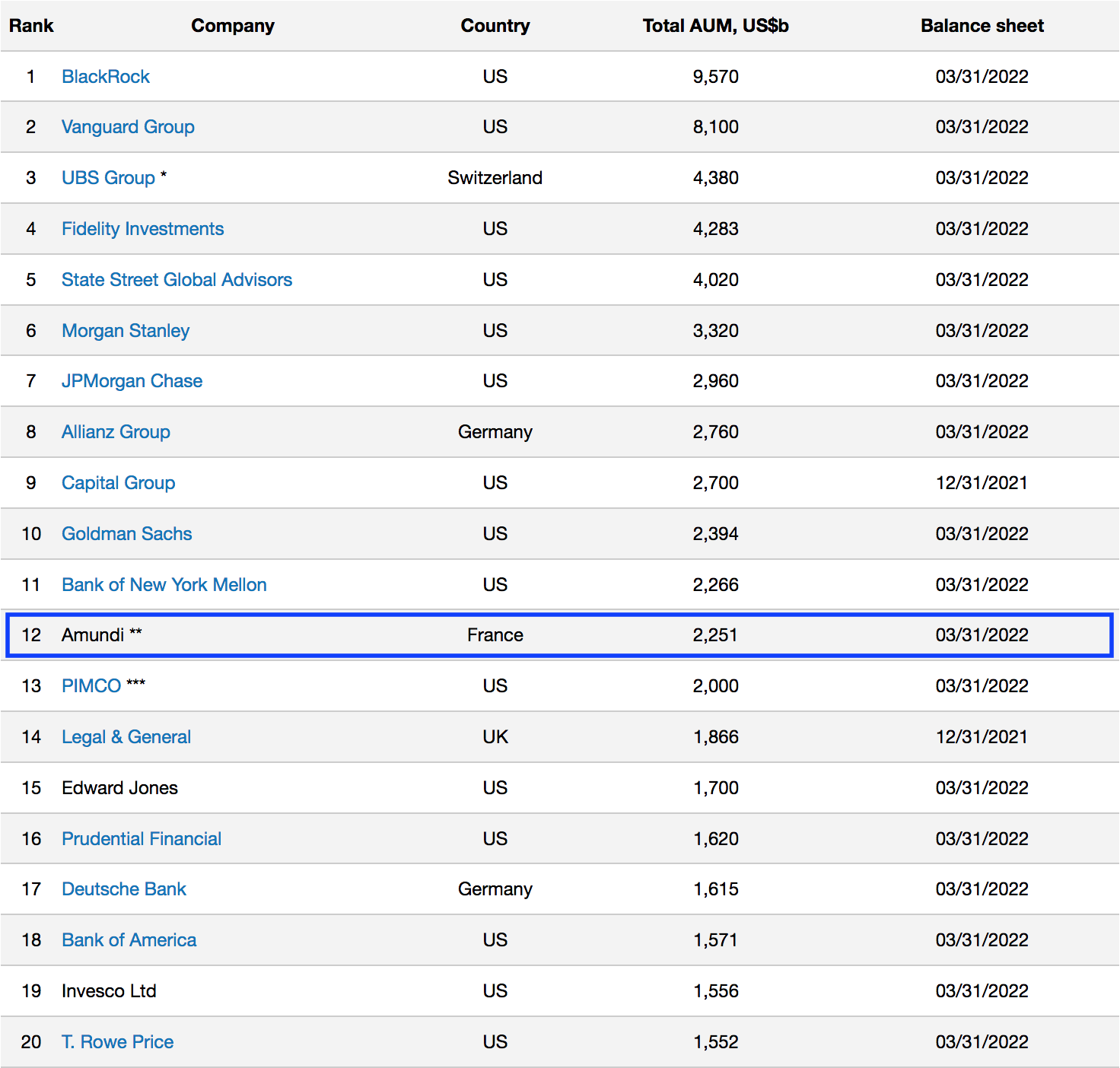 Source: www.advratings.com
Source: www.advratings.com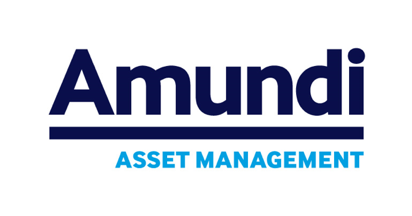 Source: Amundi
Source: Amundi
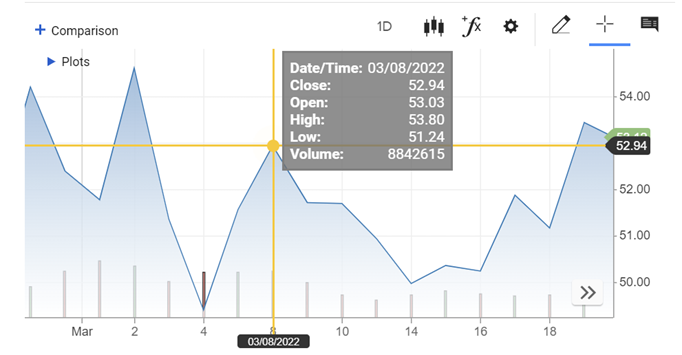





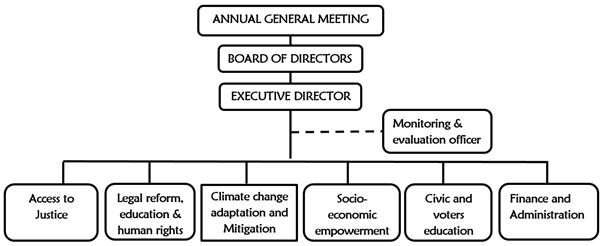






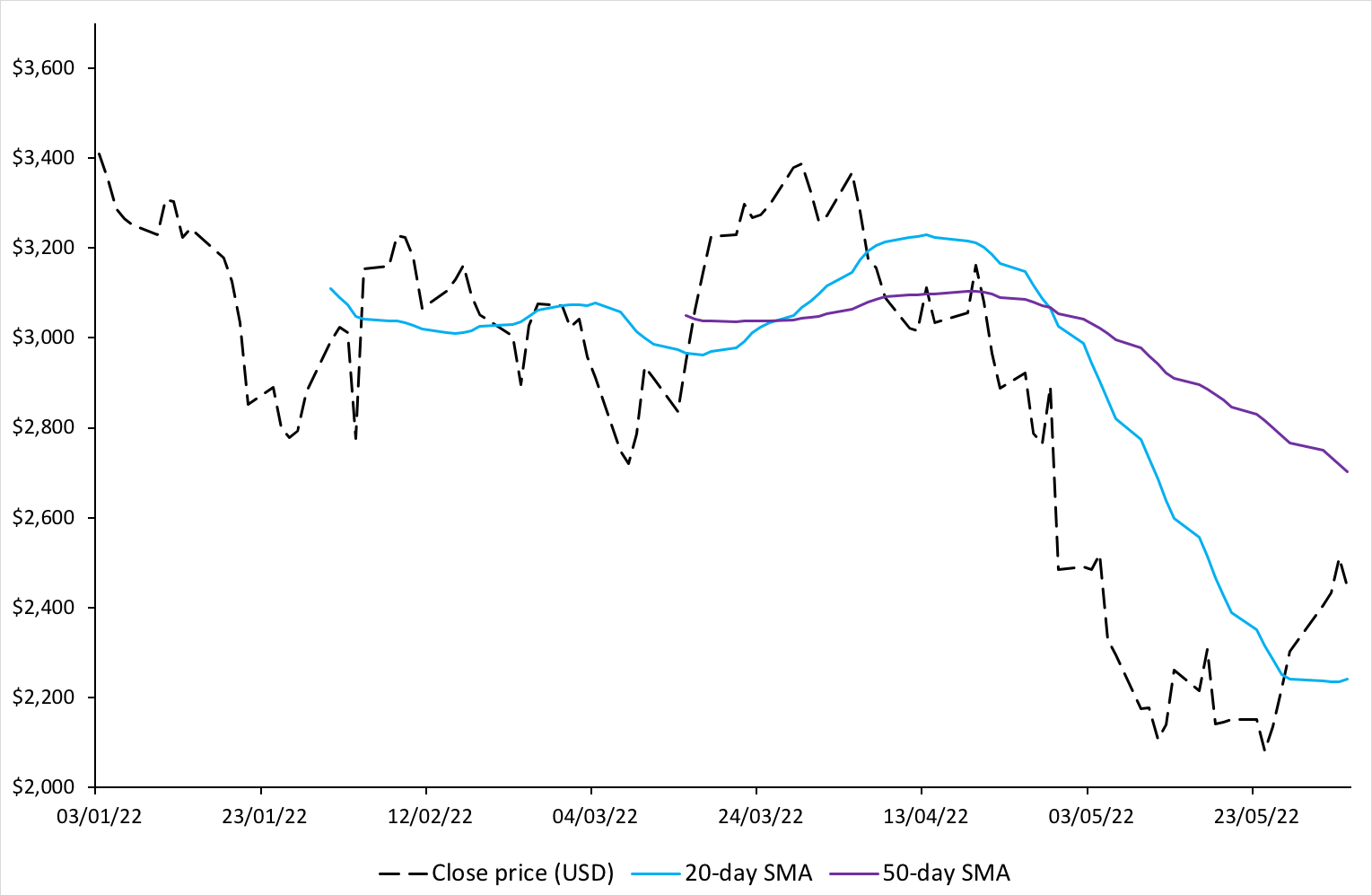 Source: Computation by author.
Source: Computation by author.
